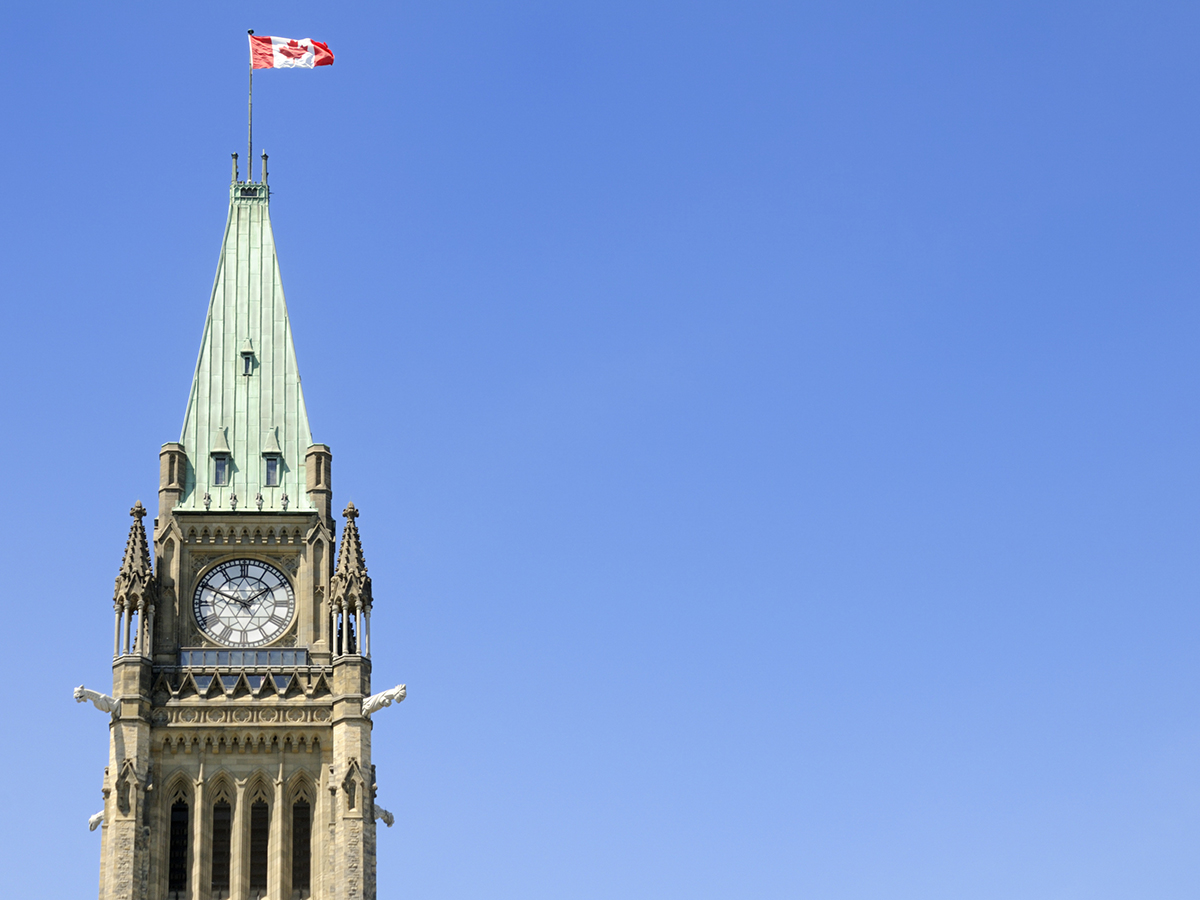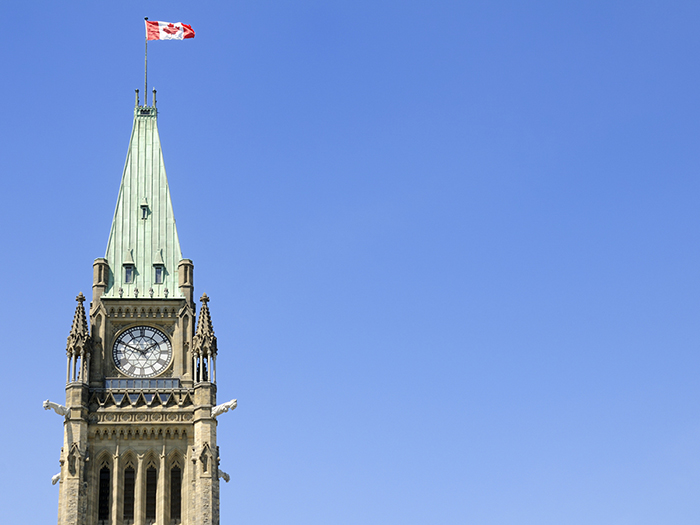
Putting an end to federal overhiring and staff cuts
 After a few lean years, the federal workforce has increased by almost 30 per cent in eight years (Getty Images/KeithBinns)
After a few lean years, the federal workforce has increased by almost 30 per cent in eight years (Getty Images/KeithBinns)
As anyone who has ever dieted knows, they often gain back all the weight they lost—and even more—once they go off the diet. The Government of Canada seems to be caught in this cycle when it comes to the number of people it employs.
After a few lean years, the federal workforce has increased by almost 30 per cent in eight years. During this time, it grew at a rate that was four times that of the population and three times that of the labour market. It was this overhiring, combined with inflation and its attendant wage expectations, that led to the historic public service strike.
The pandemic certainly played a role in the growing number of federal employees: 35 per cent of new employees are working either for agencies that put support programs in place (Employment and Social Development Canada, Canada Revenue Agency) or for the Public Health Agency, which has doubled in size. However, the current hiring cycle began well before March 2020—long before COVID.
A FAMILIAR CYCLE
For many years and under virtually every government, we have seen cycles of overhiring and underhiring, of massive recruitment followed by heavy layoffs. While a certain amount of volatility is normal, its magnitude is surprising in the federal public service, especially since it can lead to management problems and staff shortages or surpluses. It should also be noted that this phenomenon does not occur to the same extent at the provincial level.
This type of short-term management does not make for timely delivery of high-quality public services. In addition to making it more difficult to acquire and maintain expertise within government, I think it only contributes to the use of outside consultants—who received $20 billion from the federal government in 2022.
There’s another factor as well: during times of economic uncertainty, the government hires more, creating more stable jobs, but this comes at a significant cost and cuts often have to be made to balance the budget. I fear that we are headed in that direction again. It is highly likely that the government will have to limit its hiring if it wants to cover the wage increases set out in the tentative agreement—a minimum of 11.5 per cent over four years.
A wiser approach would be to aim for a measured increase in the federal workforce. Perhaps it could even be calibrated to the increase in the labour market or the population. This would ensure relative stability in the workforce, which would help maintain expertise within the public service and provide quality services to Canadians.
In the overall context of an aging population, governments—both federal and provincial—must consider the impact of their actions on the programs and initiatives they support. By increasing hiring, for example, they are exacerbating the labour shortage and must therefore take even greater steps to address it. The economic downturn that is likely to arrive in the coming months is expected to have a relatively small impact on the unemployment rate. For that reason, perhaps it will not be necessary for governments to engage in more hiring.
These hiring cycles also have implications for public services: massive hiring should be accompanied by improved services (in quantity and quality), but is this the case? What information do we have at our disposal to draw such conclusions? The Office of the Auditor General of Canada and the Parliamentary Budget Officer do a good job of identifying the government’s successes and failures, but there is a lack of accountability for the public services it provides. We have a right to know more.
MORE ON THE ECONOMY
Learn about what a recession really is and why Canada’s banking system is more solid than many others. Plus, find out more about alternative lending and how to stay out of debt and avoid bankruptcy.